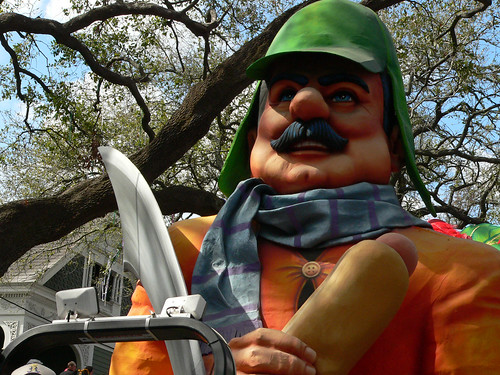 |
| Involuntary memory is a chance happening precipitated by an object |
For Proust, time stands still, ”As though there had been no time there but seven o'clock at night” (p. 59). A memory like this is not a memory of the intellect, for Proust, a voluntary memory — a memory likes this preserves nothing of the past. To capture an involuntary memory is a chance happening precipitated by an object. Proust likens it to reincarnation, of souls lost in some inferior being — does a touch, a taste bring them out to play? I think for Proust the soul is a prison yearning to reach out beyond its own limits -- this desire for transcendence is a desire of the human soul but the sheer will is not enough.
Adoration of the Material World
Proust adores the material world; he has faith in the world because it offers a promise. The past is hidden beyond the realm of the intellect. The material world promises a portal to that hidden realm. But the key is not readily accessible. Proust's heaven is in the immanent reality of the material world. Proust's object is a material signifier — something like the effects of literature, “of which we have no inkling” (p. 60) — only chance. I come back to this passage: “it depends on chance whether or not we come upon this object before we ourselves die" (v. 1, p. 61). What Proust calls “chance” Barthes call the punctum. Art depends largely on chance — this is what Proust means by involuntary memory. Every photograph is an imprint of the world. But not every photograph evokes something akin to what the madeleine cake did for Marcel. Why? It is not the cup, the cake, the photograph itself that constitutes the structure of the involuntary memory — it is the self's response to the world, both hidden and open, governed by chance, in which we hope to light upon something called truth before we die. The experience of involuntary memory is an "unremembered state" (v.1, p. 61). Neither the novel nor the photograph holds the memory inside of itself; the memory is "unremembered" by a chance encounter.
Comparing Barthes's Unary Image with Proust's Habituation
What Barthes calls the "unary" image," Proust would call habituation. What Barthes thinks of as the prick, the punctum, of the photograph is not far from how the Recherche confronts the problem of photography. Why does Swann prefer the daguerreotype of Odette? But Marcel disparages the Kodak snapshot? Why does Marcel study the photograph of Berma in bed, but is disconcerted by a photograph of Gilberte? Marcel cannot stand the vanity of his grandmother in wanting to have her likeness taken, but he concedes that his feelings are complicit with his own fantasy of a good night's kiss. The photograph promises a "supplementary prolonged encounter" (v. 3, p. 99). What is troubling about the photograph is the way it unsettles us.
A Cruel Trick of Chance
In a "cruel trick of chance," Marcel sees his dead grandmother as a photograph (v. 3, pp.183-185). In this scene, the theme of the photograph is introduced without the actual presence of a photographic object. The grandmother appears "as a photograph." The grandmother is not there; she is absent, but Marcel perceives her similarly to a photograph, a spectral object, however, something akin to an hallucination or to a dream. The nodal point of the novel and the photographic image is the anticipation of an image not fully seen; for as Proust says, "We never see people dear to us except in the animated system, in the perpetual motion of our love for them, which, before allowing the images that faces present to reach us, seizes them in its vortex and flings them back upon the idea we have always had of them, makes them adhere to it, coincide with it" (v. 3, p. 183). What is striking here is that Marcel curses "the cruel trick of chance" that conjures up the image of his grandmother, as if his eyes were a photographic plate. Even in the moment that he sees his grandmother, a spectral image of her, sitting on the sofa — it lasts only a moment — he does not know her. "I who had never seen her save in my own soul, always in the same place in the past, through the transparency of contiguous and overlapping memories .... I saw [the spectral image of my dead grandmother] sitting on the sofa beneath the lamp, red-faced, heavy and vulgar, sick, day-dreaming ... an overburdened woman I did not know" (v. 3, p. 184).







